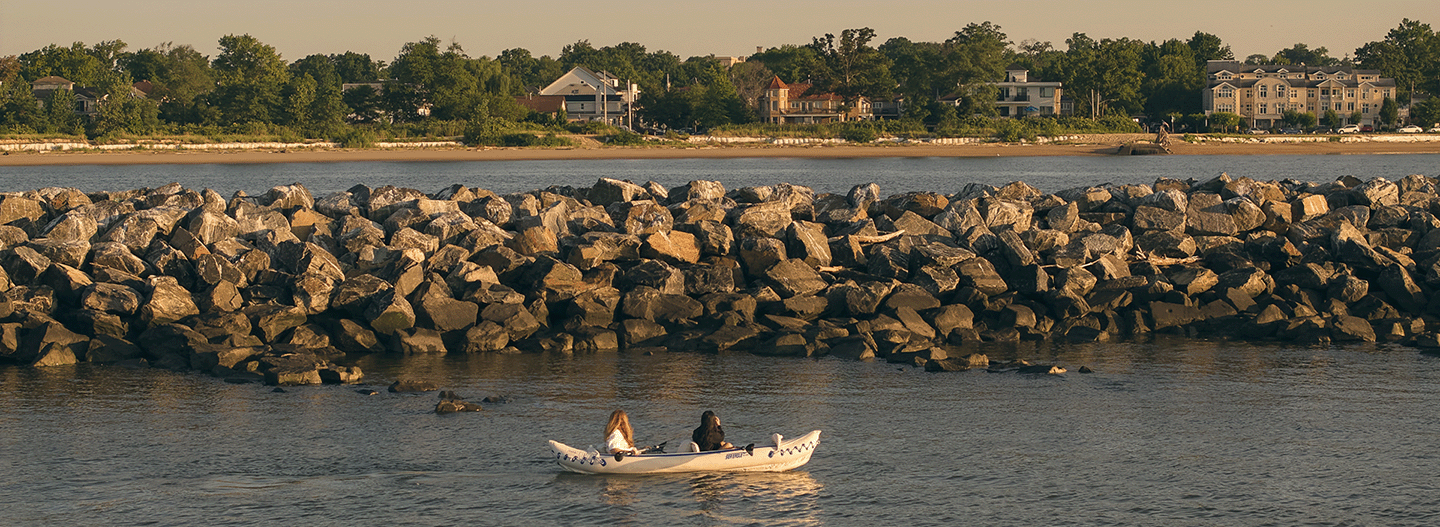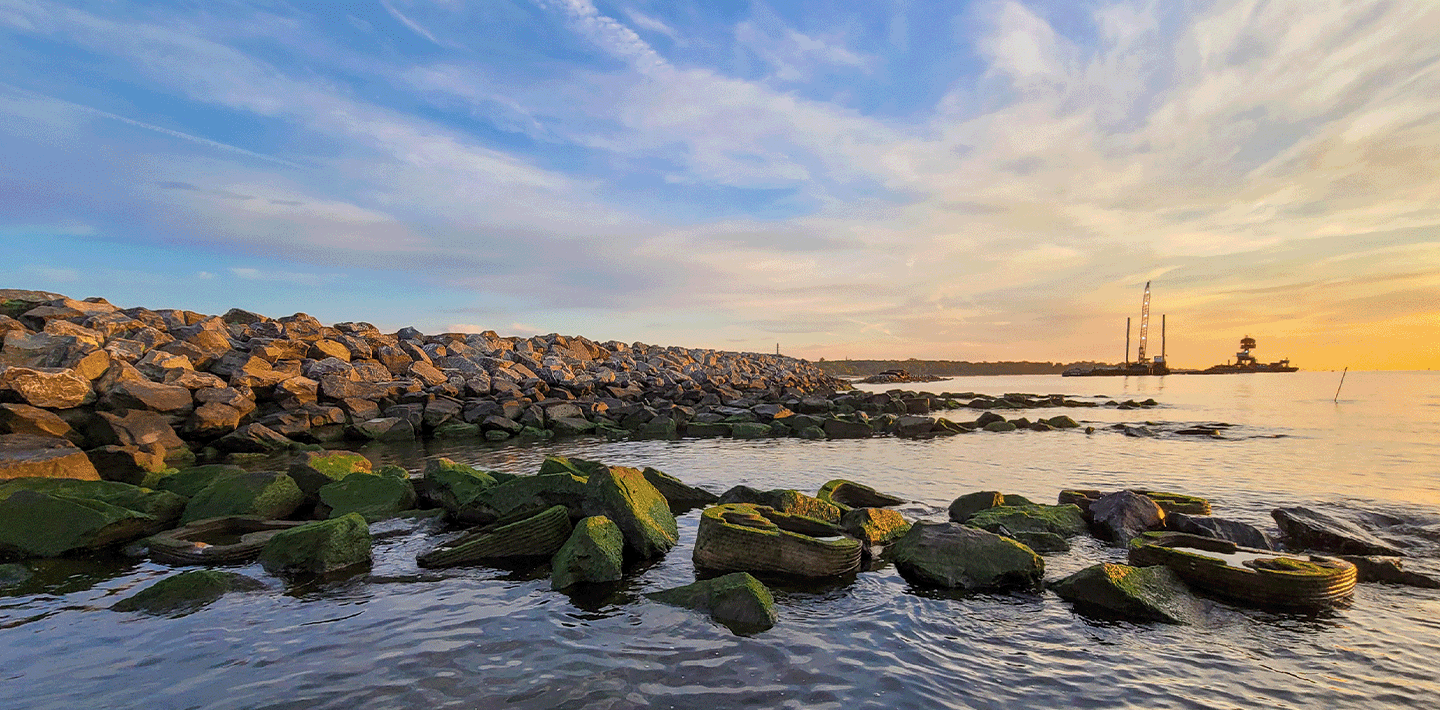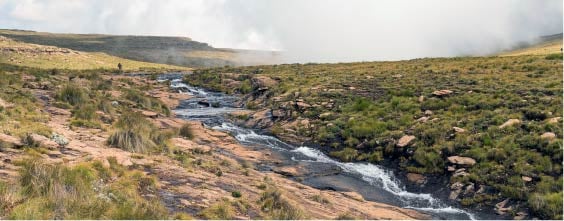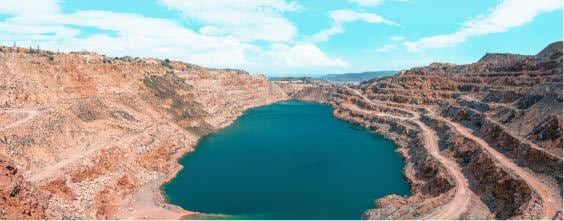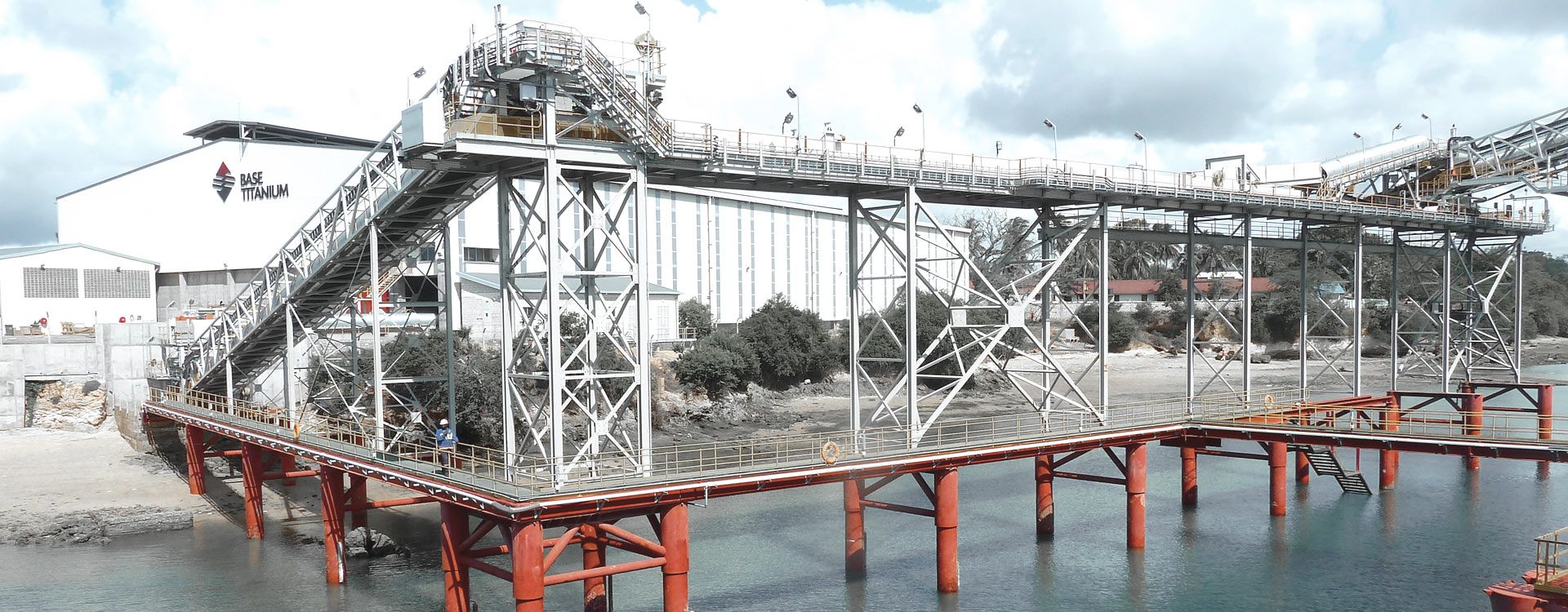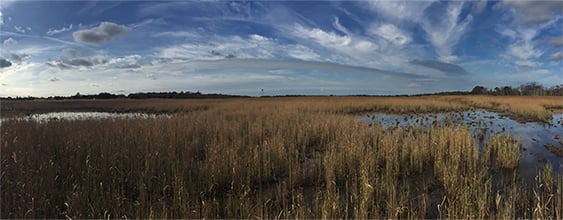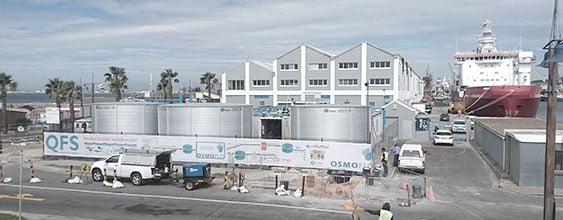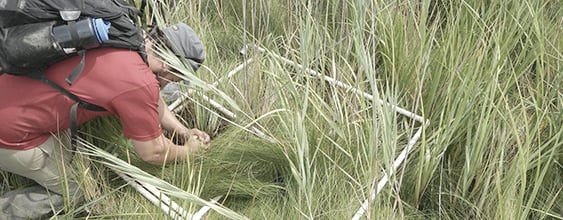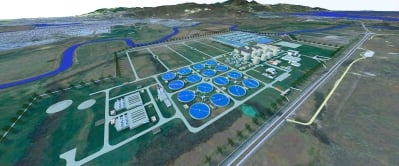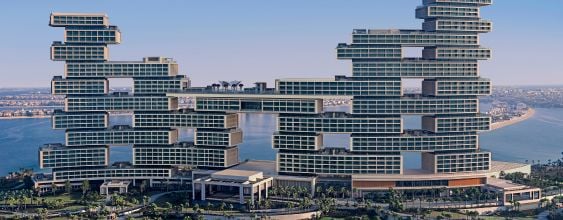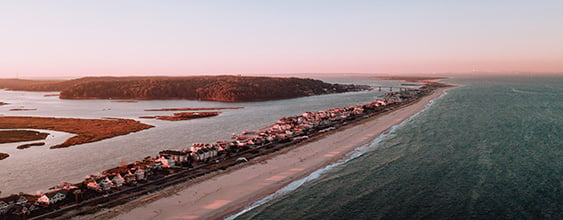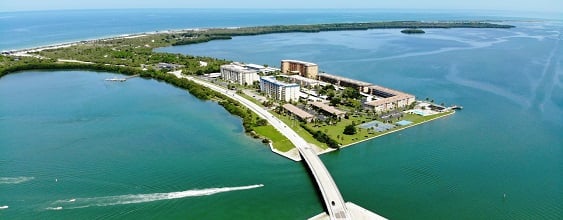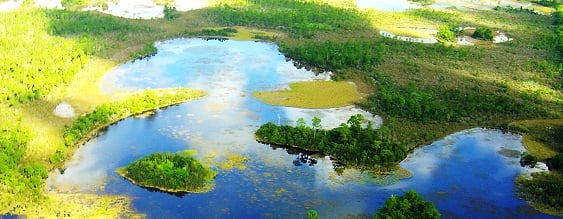The southeastern shoreline of Staten Island, New York has experienced continued erosion over decades due to increasingly intense waves. Additionally, wave activity, siltation, dredging and pollution have significantly deteriorated the marine ecology of Raritan Bay, including the once abundant oyster population and the rich biodiversity it supported.
The need for enhanced erosion protection came into stark relief during storm events, including Superstorm Sandy, when the community of Tottenville experienced severe damage from storm surge. Following Sandy, the U.S. Department of Housing and Urban Development and the Presidential Hurricane Sandy Rebuilding Task Force launched “Rebuild by Design” to seek community and policy-based solutions to protect U.S. cities most vulnerable to intense weather events. WSP was part of the interdisciplinary team led by SCAPE Landscape Architecture that proposed the selected “Living Breakwaters” concept.

©The Scape Team Living Breakwaters HUD Rebuild By Design
Creating Habitat Breakwaters
The project was designed to reduce the risk of storm damage to Staten Island by creating habitat breakwaters to attenuate waves and reduce shoreline erosion. The living infrastructure provides habitat to the bay’s rich ecosystem of marine life, rebuild local oyster populations and create educational, recreational and commercial opportunities for residents.
WSP conducted all geotechnical analysis for the design of the living breakwaters and supported the community engagement effort.
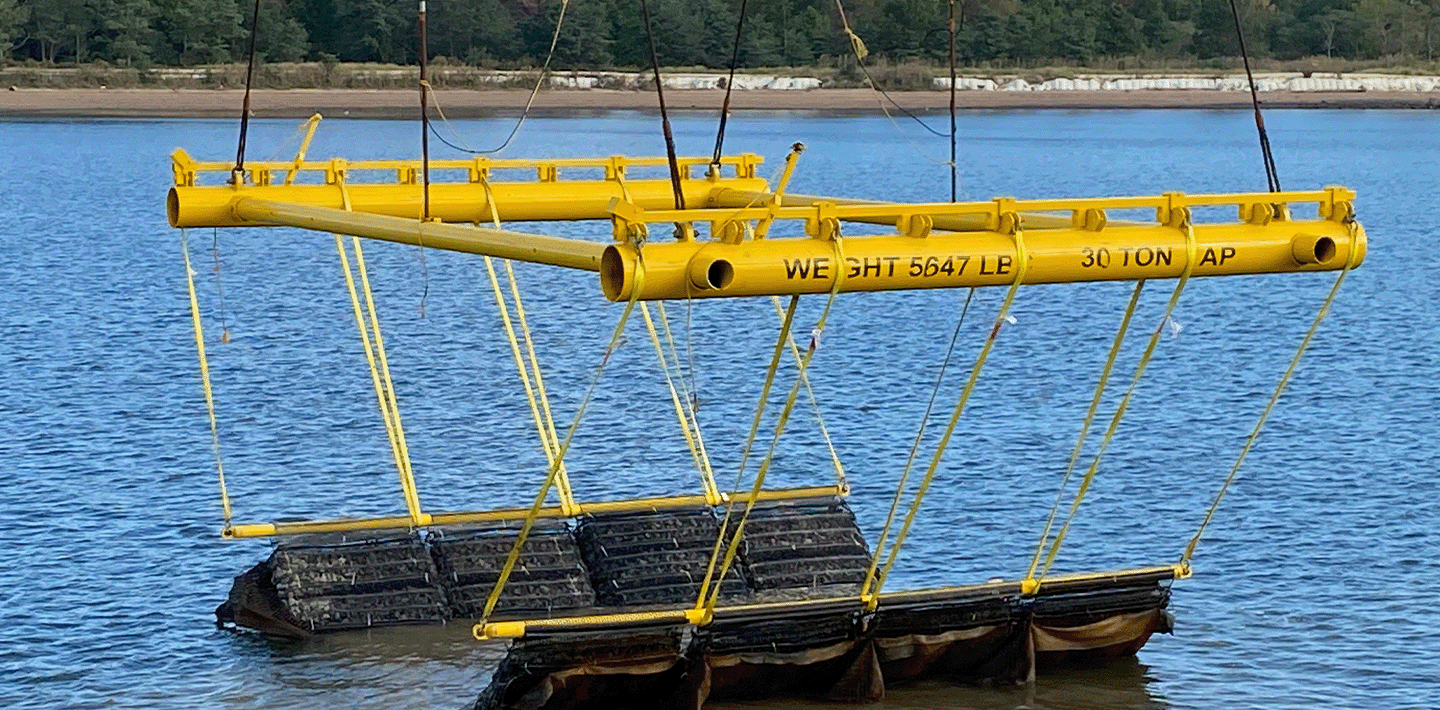
Nature-based solutions, including rock filled marine mattresses (above) and stone bedding, were installed for the breakwater foundations that protect Staten Island’s coastal communities.
